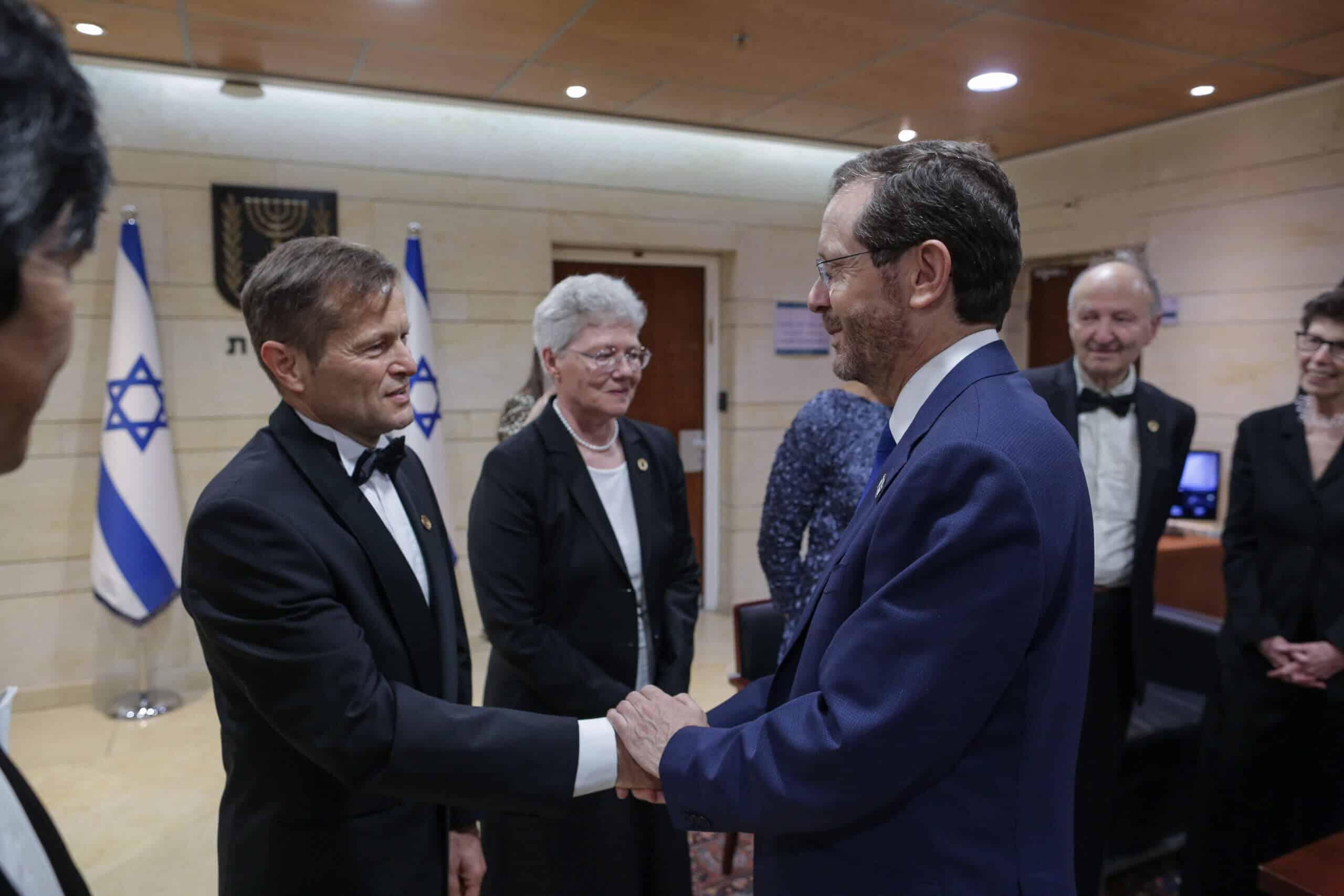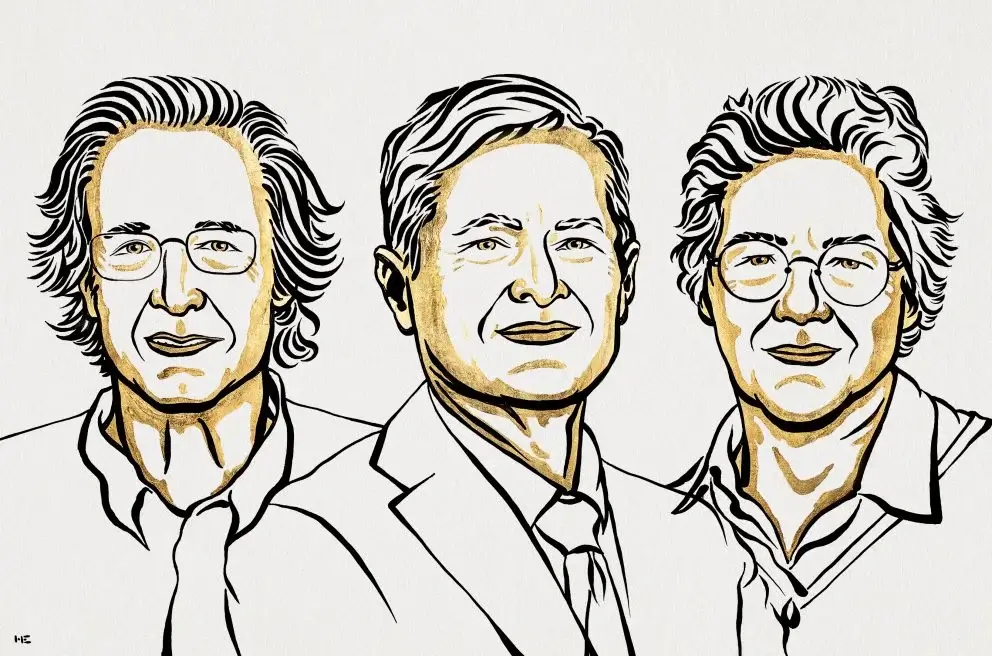The 2023 Nobel Prize in Physics was awarded to three researchers: Pierre Agostini, Ferenc Krausz and Anne L'Huillier for "the development of their methods that produce extremely short attosecond pulses of light For the study of the dynamics of electrons inside the material"

The 2023 Nobel Prize in Physics was awarded to three researchers: Pierre Agostini, Ferenc Krausz and Anne L'Huillier for "developing their methods that produce extremely short attosecond (billionth of a billionth of a second) pulses of light to study the dynamics of electrons within matter", as well as for the development of their experiments that allow humanity new tools to examine the world of electrons inside atoms and molecules. The two brides and grooms of this year's Nobel Prize have demonstrated a way to create extremely short pulses of light that can be used to measure the fastest processes by which electrons move or change energy.
The prize will be shared equally between Pierre Agostini from Ohio University in the United States, Ferenc Krauss from the Max Planck Institute for Physics in Germany and Anne L'Houliere from Lund University in Sweden. Krausz and L'HollierReceived the Wolf Prize last year for their work in this field.

Events that pass before our eyes in the blink of an eye are perceived by humans as a video containing still images moving one after the other as if in continuous motion. If we want to check really fast events we need special technology. In the world of electrons, changes occur within tenths of an atto-second (1×10−18 of a second ) - this measure is so short that in just one second there is as much time as all the seconds that have passed since the birth of the universe itself.
The experiments developed by the bride and groom of this year's Nobel Prize succeeded in producing flashes of light so short that they are measured in attoseconds, thus demonstrating that these flashes can be used to obtain images of processes occurring within atoms and molecules. In 1987 Nobel laureate Anne L'Houlière discovered that wave energy emerges after she transmits infrared laser light through a noble gas. Each such portion of energy constitutes a light wave that includes several cycles each corresponding to the cycles in the laser beam. This energy is created as a result of the interaction between the laser beam and the atoms in the gas; This beam gives additional energy to some of the electrons that eventually emit it as a light beam. Anne L'Houliere continued to investigate this phenomenon, while laying the scientific foundation in this field for later breakthroughs.
In 2001, researcher Pierre Agostini managed to create and test a series of consecutive flashes of light, in which each of the flashes lasted only 250 attoseconds. At the same time, researcher Ferenc Krausz developed a different type of experiment that allowed him to isolate a single flash of light that lasted only 650 attoseconds.
The personal contributions of each of the bride and groom of the Nobel Prize for this year made it possible to examine processes that are so fast that until now they were impossible to track and measure.
"Now we can open the hatch to the world of electrons. Attosecond physics provides us with the opportunity to understand the mechanisms controlled by the electrons. The next step will be to utilize these mechanisms for the benefit of humanity and science," says Eva Olsson, representative of the Nobel Committee for the Physics Prize. These findings may have many potential applications in different and diverse fields. In electronics, for example, it is important to understand and control the way the electrons behave within the material. Autosecond flashes can also be used to identify different molecules, such as in the field of medical diagnosis where this identification is critical and extremely important.
About the winners and the winner
Pierre Agostini (Pierre Agostini). He received his doctorate in 1968 from the University of Aix-Mercy in France. Currently serves as a professor at Ohio State University in the USA.
Franz Krauss (Ferenc Krausz)Born in 1962 in the town of Mór in Hungary. Received his doctorate in 1991 from the University of Technology in Vienna, Austria. Director at the Max Planck Institute for Quantum Optics, in Gerching and professor at the University of Munich, Germany (Ludwig-Maximilians-Universität München).
Anne L'Hollier (Anne L'Huillier). Born in 1958 in Paris, France. She received her PhD in 1986 from Pierre and Marie Curie University in Paris, France. Currently serves as a professor at Lund University in Sweden.
.
More of the topic in Hayadan:

One response
So what were the experimental moves that succeeded in producing the short pulses? Are there any conclusions other than the insight that it is measured in a small order of magnitude?